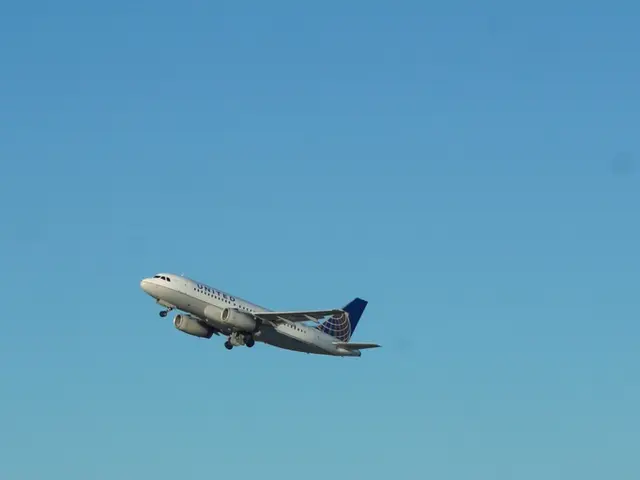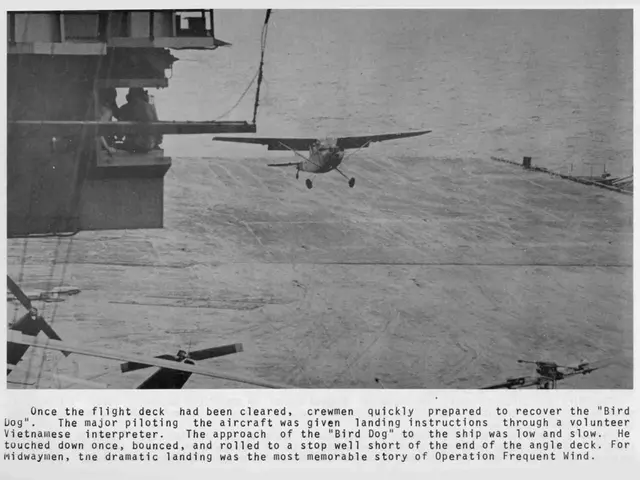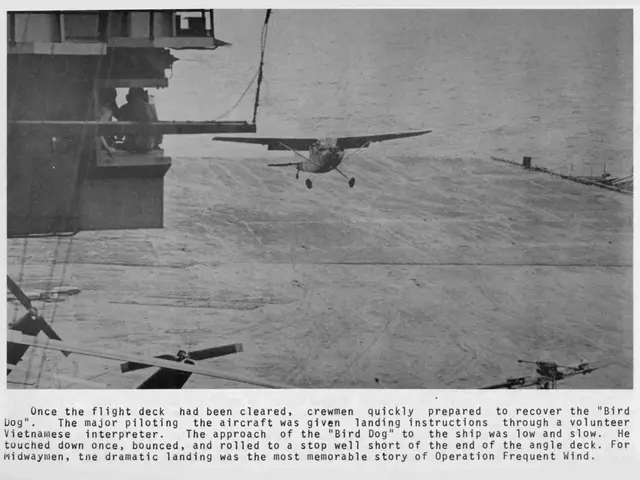Air India Flight 171 Accident Analysis: Experts Study Crash Footage
Something's not right with the Air India Boeing 787-8 that subsequently met a tragic fate. With 242 souls on board, including 53 Brits, the Dreamliner plummeted shortly after departing from Ahmedabad airport in western India, bound for Gatwick, marking the grimmest aviation catastrophe in a decade.
One miracle survivor, a UK national, reported hearing a loud noise soon after takeoff. Aviation experts have been scrutinizing the footage of Flight 171 and discerned some questionable elements.
Former British Airways pilot Alastair Rosenschein voices his apprehension about what he's witnessed: "The gear is clearly down, but it shouldn't be. It should've been up! And it appears the aircraft didn't have its takeoff flap setting right. Now, I'm just speculating, but maybe this could be the reason for the crash as the aircraft may not have been able to fly."
Rosenschein explained that the wing flaps play a vital role, as they prolong the shape of each wing and create critical extra lift at lower speeds, aiding the plane in taking off and climbing efficiently. He notes that the aircraft looked as though it was descending rather than ascending and suggests an aerodynamic issue due to improper flaps setting on takeoff.
Ian Petchenik, Flightradar24's communication director, also shared his bafflement over how the aircraft could have lost altitude soon after taking off. He hypothesizes that the plane might have experienced a flap issue, despite the footage being of poor quality, and also points out that the landing gear remained extended longer than usual, although other reasons for this are plausible.
Rosenschein further discussed the status of the landing gear, which should be retracted into the aircraft body shortly after taking off. He confesses to being mystified about why the gear would have remained down and speculates that a hydraulic problem could be the culprit. However, it's all speculation before the crash investigators delve into the black boxes and access the detailed information they store.
The Aircraft Accident Investigation Bureau in India will be eager to unravel the data on the black boxes, which hold valuable information about the aircraft's configuration, including flaps and landing gear settings. Historically, bird strikes have been a possible cause of double engine failures, thus raising the possibility of one as the cause of this catastrophic crash. Many experts are perplexed as the accident occurred at an unusually low altitude, giving the pilot little time to react.
The former British Airways pilot, Alastair Rosenschein, suggests that the improper flap setting on takeoff could have been a reason for the Air India Boeing 787-8 crash, as the wing flaps play a crucial role in creating lift and enabling efficient takeoff and climbing. Moreover, Ian Petchenik, Flightradar24's communication director, speculates that the plane might have experienced a flap issue, sparking his confusion about how the aircraft could have lost altitude so soon after takeoff.








